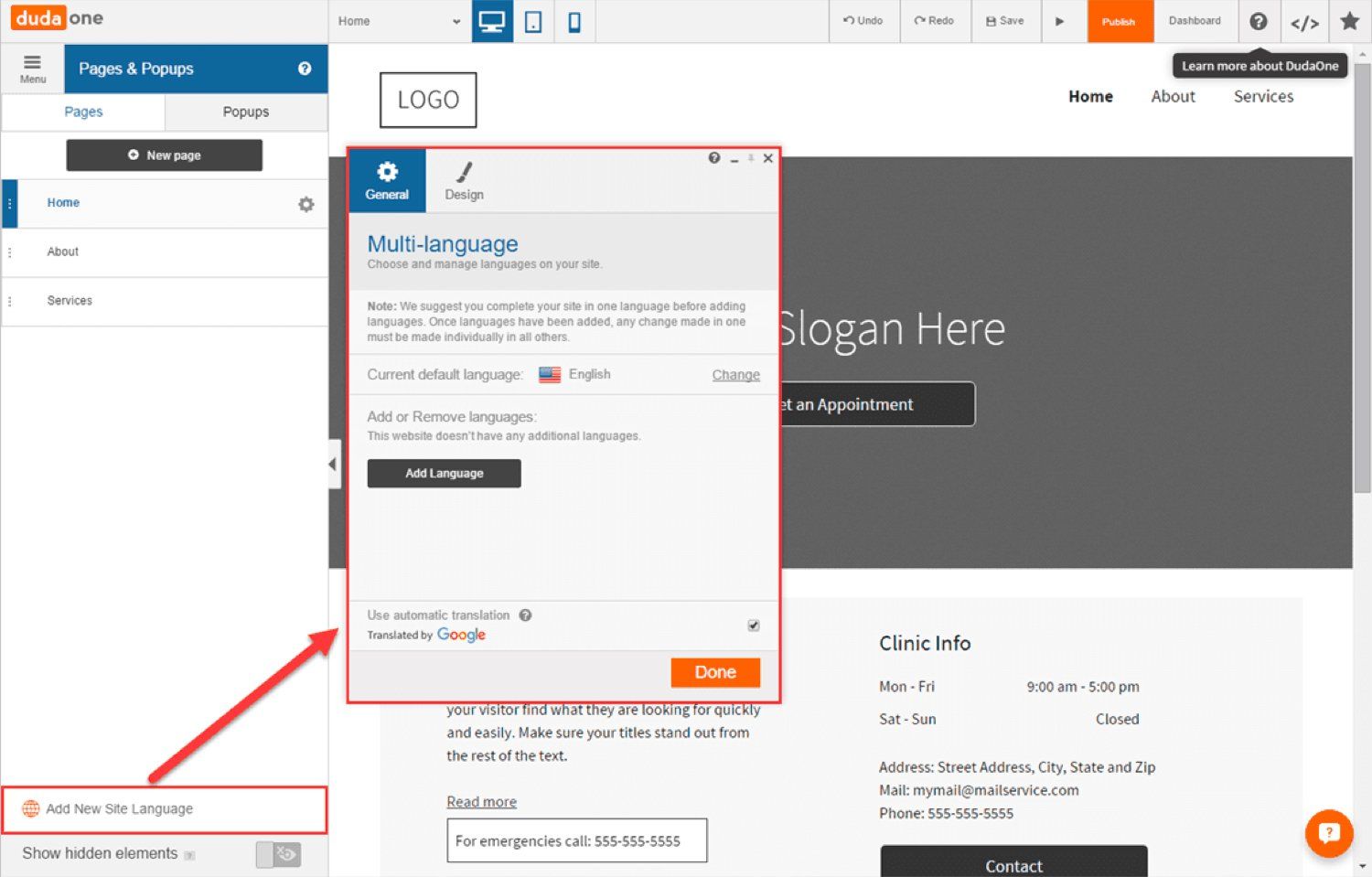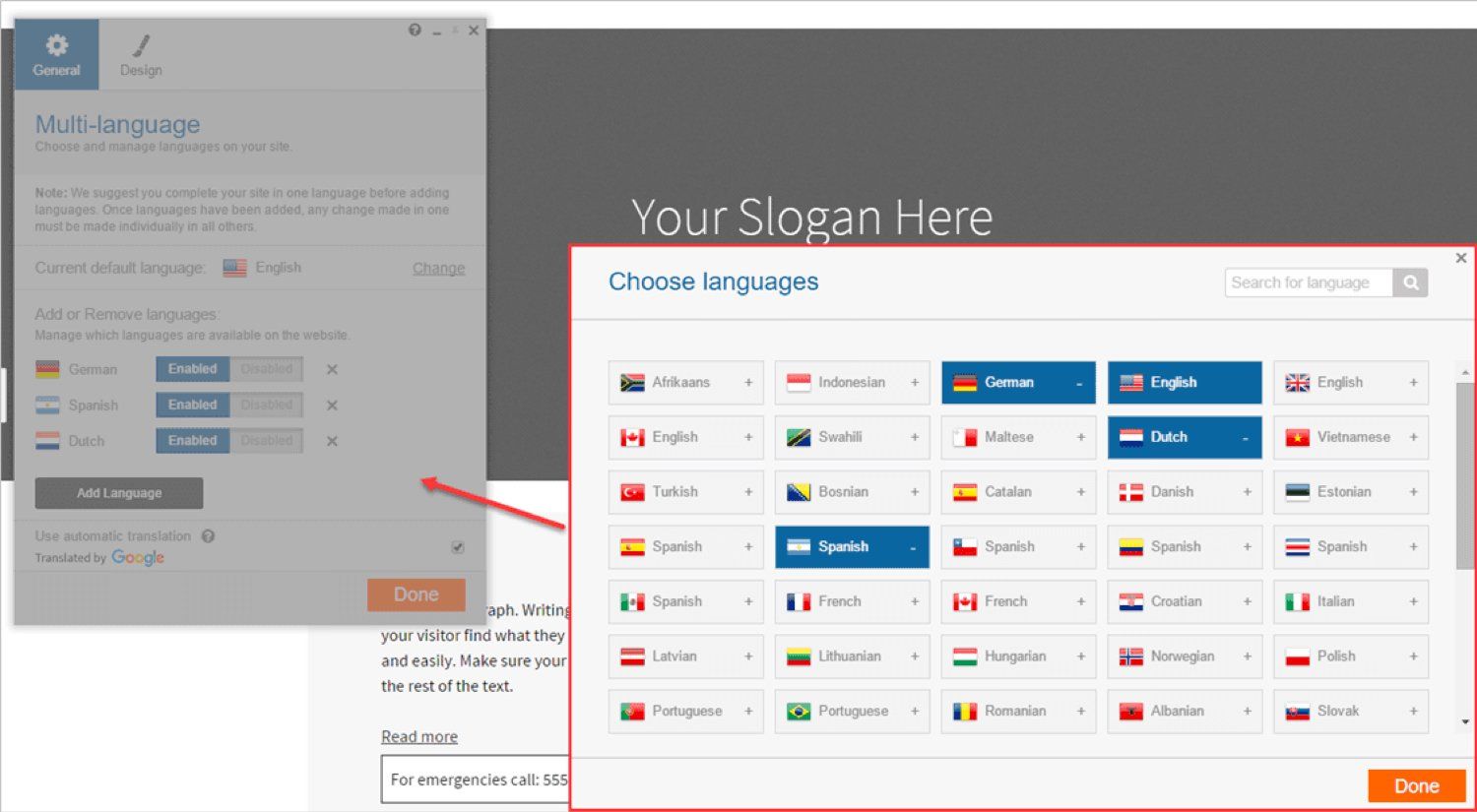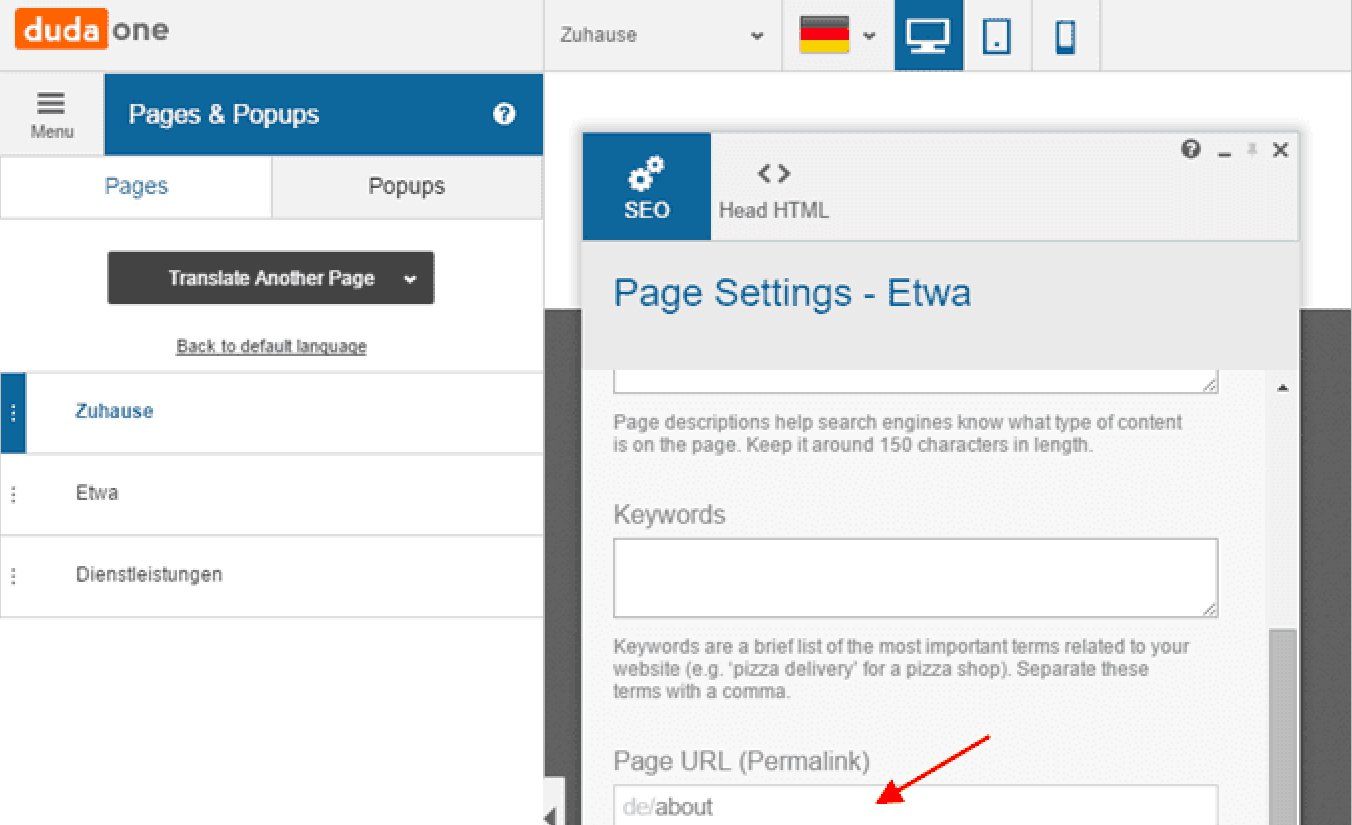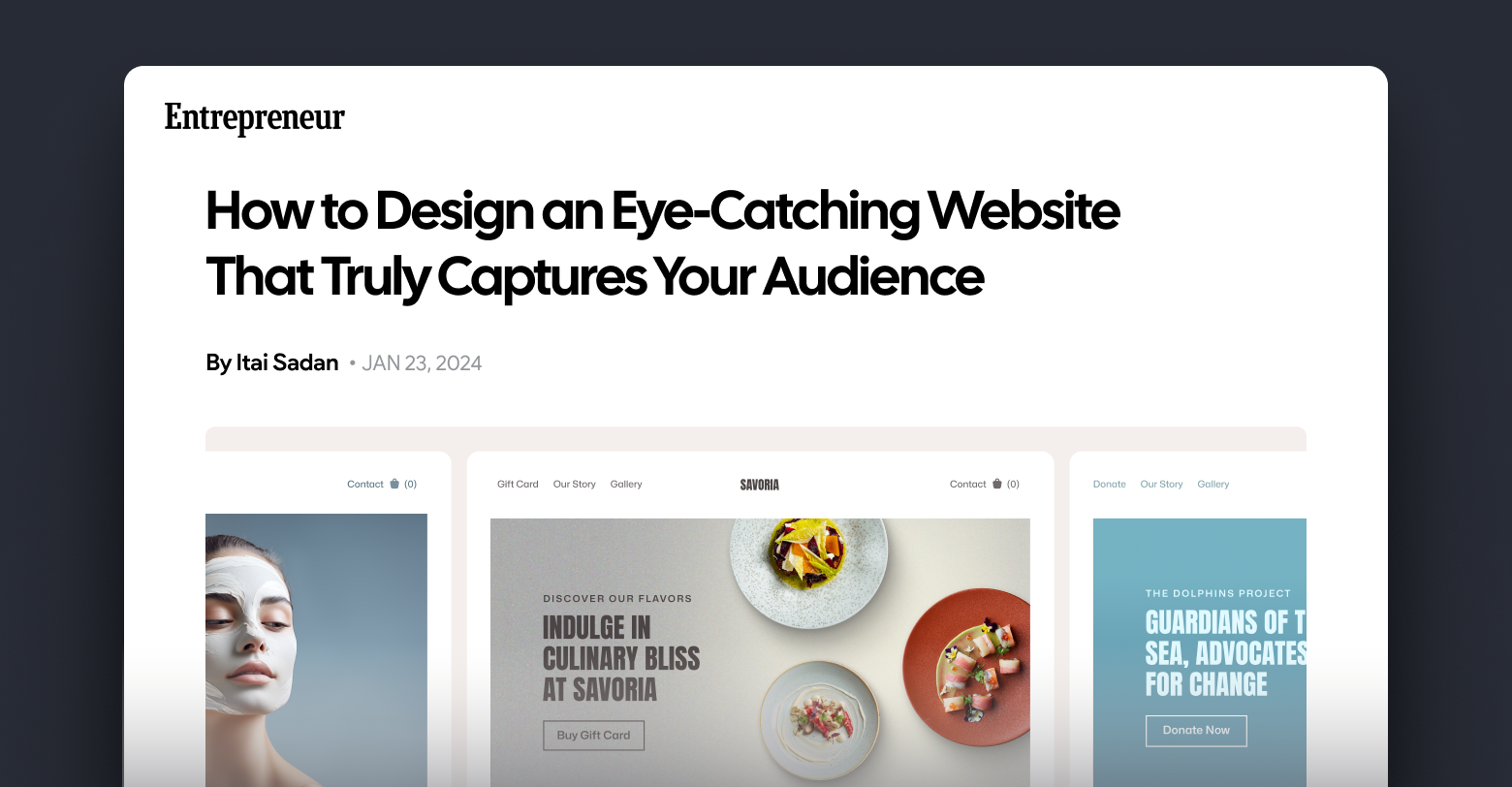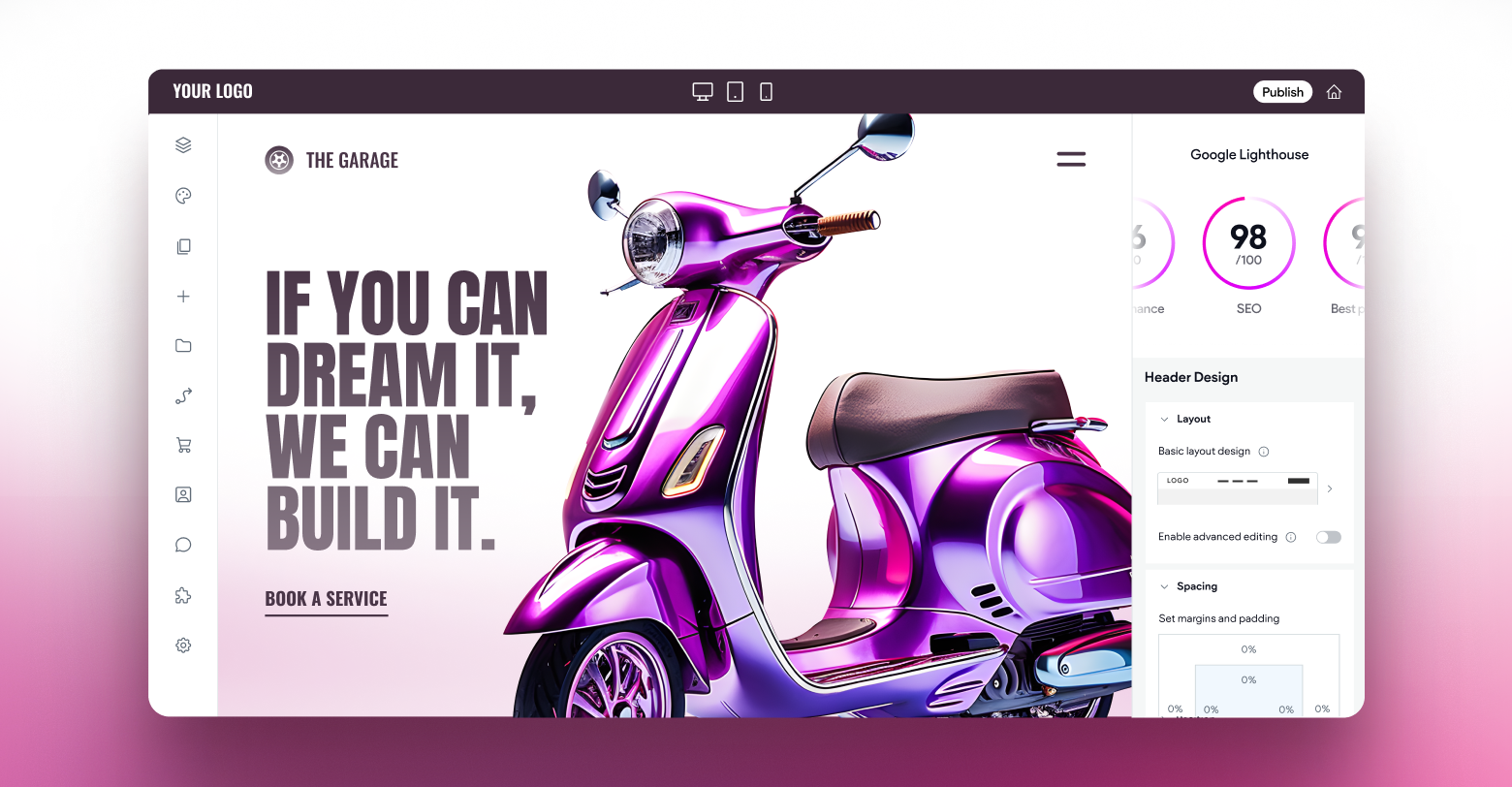If you're considering adding support for additional languages to an existing website, one important question may come to mind:
Will this help or hurt my SEO?
The general answer to that question doesn't tend to help because what most people will tell you is "it depends."
While supporting multiple languages is always a great way to expose your content to new regions, thus increasing your search traffic, you have to implement it correctly. Otherwise, you risk harming your rankings instead.
So how do you approach this the right way?
MULTI-LANGUAGE SITES AND SEO.
To support multiple languages you will first need to essentially duplicate and then translate your content. In the world of SEO, any talk of "duplicate content," may instantly raise a red flag. We all know, after all, that Google is against duplicating content. However, the search giant is not one-dimensional.
As a company and search engine, its goal is to serve better, more personalized results to individuals. Search results change due to many things, including demographic data.
For instance, Canada is both an English and French-speaking country.
Therefore, if Google wants to give those in that area the best experience, then sites should be in both languages.
In cases such as this, where one website is in two languages, Google doesn’t view the content as duplicated, cloaked or ding you for SEO — as long as the website is setup properly.
Another thing to consider is that Google has multiple language versions of itself.
For example:
If someone were in Germany conducting a Google Search, then Google would load the
google.de URL.
This version of the search engine is in German and would present content that better applies to a person in this region.
Properly Setting Up a Multi-Language Site
Once you and your team have decided that adding another language to a website is the best move, next is setting it up in a way that helps GoogleBot (the fancy word for the algorithm that crawls and analyzes all sites on Google’s search engine) to see that your foreign language content gets viewed correctly.
To do this, you’ll need to pick out a URL or Domain structure to allow Google to geo-target your content correctly.
There are three options here:
- A top level domain (TLD) for each region you plan to target in that language (a.k.a.
ccTLDs). These look like this: example.fr, example.de, etc. This option can be expensive, but makes the intended location very clear.
- Subdomains are one way to use your current domain without purchasing additional TLD variants. You can easily create a URL like so:
fr.example.com, however, it may not be as clear.
- Subdirectories may be the most popular approach. The URL structure, in this case, would look like so: example.com/fr/URL. This structure is used by large brands like Apple (apple.com/fr/), Nike (nike.com/fr), and Duda (duda.co/fr).
Once you've decided on your URL structure, you'll need to inform Google of the language options. This is commonly done via the
hreflang HTML tag.
Next, there is the server location to consider.
However, in this day and age where cloud-based distribution is so prevalent, you don’t need to worry here as much — so long as you are using a cloud-based host or Content Delivery Network (CDN.)
These options worry less about actual server location and more about getting your content served as quickly as possible.
How Multi-Language Sites Affect SEO
To re-emphasize the point: when you add another language to your website, you are in effect creating a site that is separate from your current one.
That means one site might rank differently than another one in a search result of a different country. This also means Google sees these sites as separate and not as duplicate or cloaked content.
Matt Cutts handles a question regarding this topic, which you can watch below. (1:31 is where you may want to skip to to get the best advice.)
In particular, he talks about cloaking content, but in a case such as this, Google does not see multi-language sites that use geo-targeting in a bad light, so long as what the user and GoogleBot see are the same.
Now that you have more than one language for your website, there are a couple other things to consider.
- Google Translate is not perfect. Far from it. When your website is translated into another language, Google Translate is often the tool that does the heavy lifting. But you’ll want a translator to copy edit all your current and future copy to ensure that grammar and usage are correct. Leaving it alone is not the best option and can lead to high bounce rates in the foreign language version of your site.
- Two sites, two times the work. The reality of having an extra language added to your site means that you have an extra site to tend to and monitor. This includes on-page SEO, inbound links, internal links, brand monitoring, commenting, etc. This added weight needs to be delegated and handled properly.
Adding an additional language to your site might be either a requirement or a choice, but both options require a lot of consideration.
For businesses that build and handle websites for SMBs, finding a website builder that can handle this feature well can be the difference between nights well slept and ones where you’re pulling your hair out.
How We Do Multi-Language Sites
In our most recent update, Duda has added the multi-language feature to our responsive
website builder .
Our goal is to offer this in a way that makes adding a new language as simple as possible while doing so correctly.
In the editor, you’ll find the new option in the bottom left corner or your Page & Popups section.
Our system makes it simple to add your default language and pick additional language(s) for the sites you build.
After you pick the language(s) for the site, our system will automatically created a subdirectory for the URL in each language.
As far as hosting, all of the sites built on the Duda platform are hosted through Amazon’s web hosting to ensure fast and reliable delivery and uptime.
We’re very excited to be adding this feature to our platform and there is certainly more to come. For a more in-depth look at this feature, feel free to
read our release notes.
If you’d like to discuss using Duda for your company, please feel free to
schedule a 1-on-1 with us.




